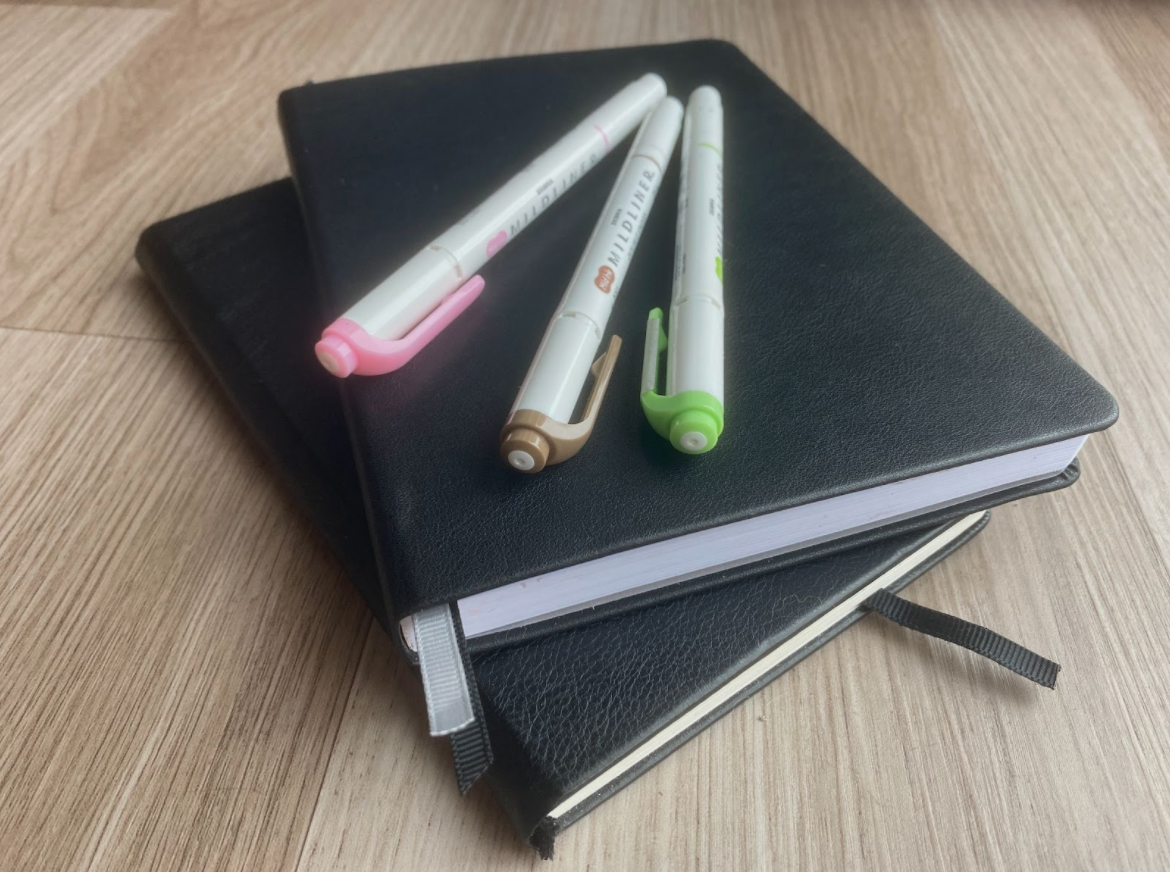New (academic) year, new me … right? But alas, the overwhelming workload and dreaded procrastination inevitably creep in. Though procrastination bears no easy solution, its effects can be mitigated by a popular planning method: bullet journaling.
In 2013, Ryder Carroll created the bullet journaling (bujo) method. The bujo method quickly exploded on social media, with aesthetic handwriting galore.
Though I have tried various paper and digital planning systems, I always find myself returning to bullet journaling as my go-to productivity tool. With years of bujo mistakes in mind, I have compiled some of my best tips into one guide to start your productivity journey.
Supplies
Contrary to the typical social media influencer’s mountain of highlighters and brush pens, you don’t “need” much to start bullet journaling: A simple pen-and-notebook combo will suffice!
That being said, you can spend your entire life’s savings on stationery, if you really want to. Oops. Before you go on your spending spree, I have made a list of my favorite bullet journaling supplies.
The journal
Because of bujo’s rising popularity, a ton of bullet journals are now on the market! But with all the choices, how do you pick the right one?
- Amazon’s Dotted Grid Notebook Journal Premium
Amazon brandishes a fair selection of affordable bullet journals, but I would not recommend anything with a page thickness below 120 gsm … unless you want to be stuck with ink bleeding through.
The Dotted Grid Notebook Journal Premium — alluring name and all — provides the page thickness and sturdiness of a lasting journal. It’s my personal go-to, and is an excellent starter journal, especially if you don’t want to break the bank.
I love Jumping Fox’s lined notebook — its creamy pages and strong linen covers justify the slightly higher price. Trust me, this notebook survived my angsty high school journaling, so it can survive anything.
If you want a fancy bullet journal, check out Notebook Therapy. Although Notebook Therapy journals are a little pricey, their quality will make you swoon. Treat yourself!
Pens
Hoping to find an ergonomic, fast-drying and aesthetically pleasing pen, I have scoured stores for years, and in the process, built up quite the pen collection. I have cataloged some of my favorites below.
I will use these pens until the day I die. I use them for writing cards, creating math study guides and, of course, bullet journaling. Despite their silky ink, they dry extremely quickly, and to this day, I have yet to smudge it.
A classic! To be honest, I avoided MUJI pens for years because I assumed that they were another overrated social media trend. I now begrudgingly admit that these pens write as smoothly and aesthetically as everyone claims.
Highlighters and brushpens: The fun stuff!
The items in this section are not necessary for creating an amazing bullet journal — but as Marie Kondo says, “It sparks joy.”
These highlighters are admittedly comparable to any other highlighter, but the soft pastel colors make me drool. Although Zebra Midliners are totally unnecessary for basic bullet journaling, I do have 25 of them.
Another classic! Truthfully, I struggled to use them at first: Their tips are soft, making them harder to use. I had to spend some time familiarizing myself with the pens before gaining control over them and actually enjoying them.
Of the markers in this section, Tombow Fudenosuke pens are arguably the most important. These pens have a firmer tip and are easier to use, so they follow me everywhere — I cannot bear to part with them. I use them for nearly every page header in my journals.
Basic Spreads
Now that your wallet is empty (but your pencil case is bulging!), your bullet journal adventure awaits.
As with supplies, the complexity of bullet journal spreads varies based on your needs … or your inexplicable desire to procrastinate.
As you get more into bullet journaling, you can customize your spreads — but here are some basic pages that I would recommend for beginners.
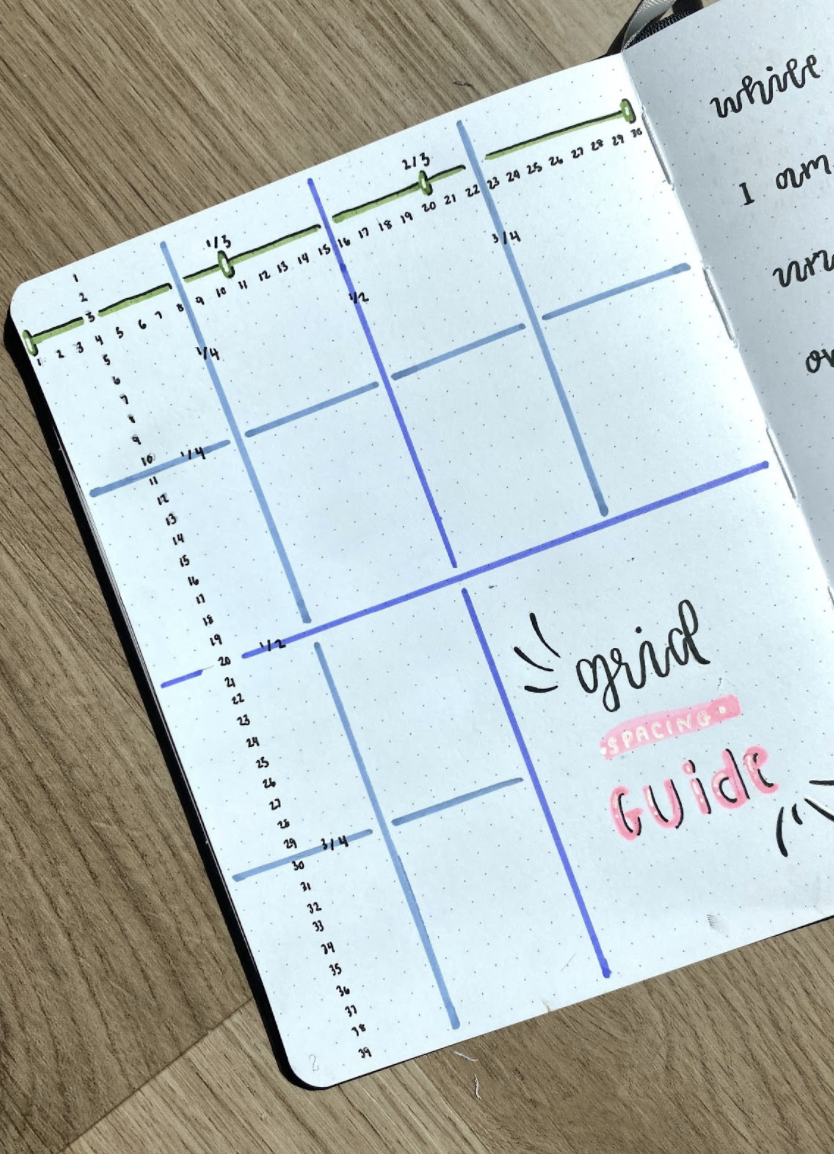
1. Grid Spacing Guide
This spread always sits on the first left-side page of my bullet journal, and is used as a sort of ruler for my other pages. I tediously count each dot and separate the page into halves, thirds, fourths and so on. Though creating these guidelines initially takes a while, it makes my weekly spreads much more efficient: I flip back to this spread whenever I want to split my page into thirds, for example.
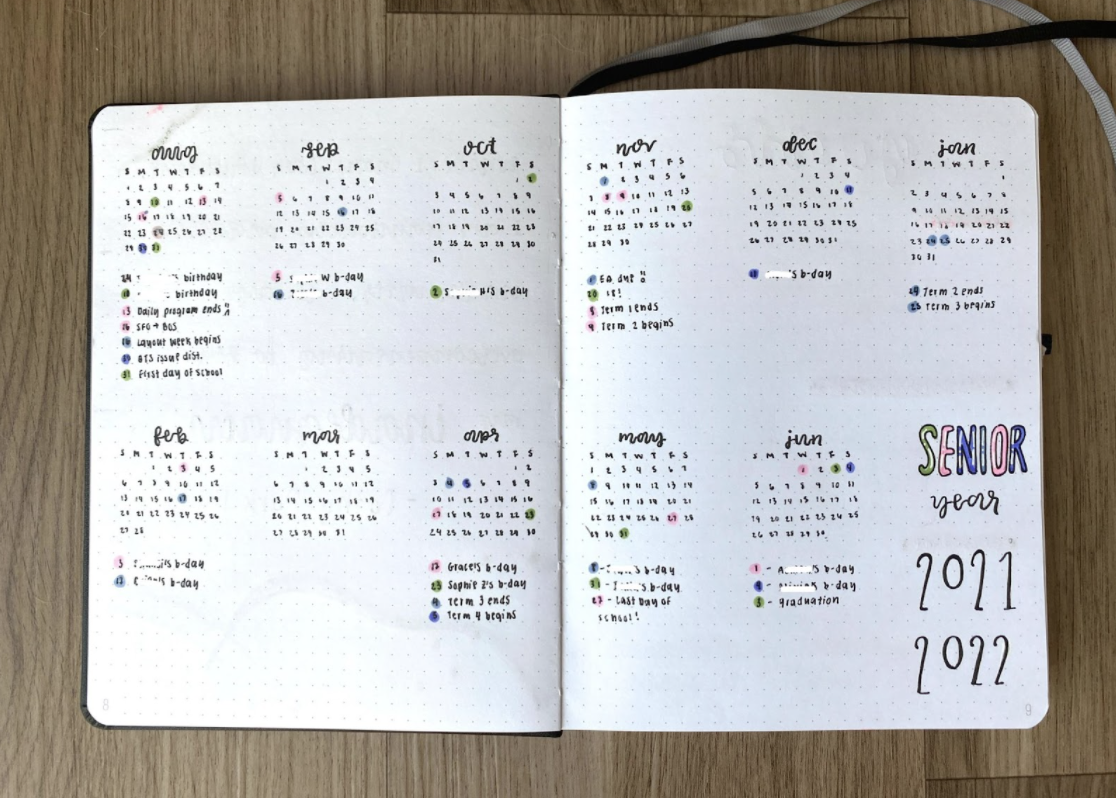
2. Future Log
Do I know what I want to do with my future? Absolutely not! But thanks to this handy spread, I know all of my friends’ birthdays — that counts for something! This spread is great for long term planning and noting important dates.
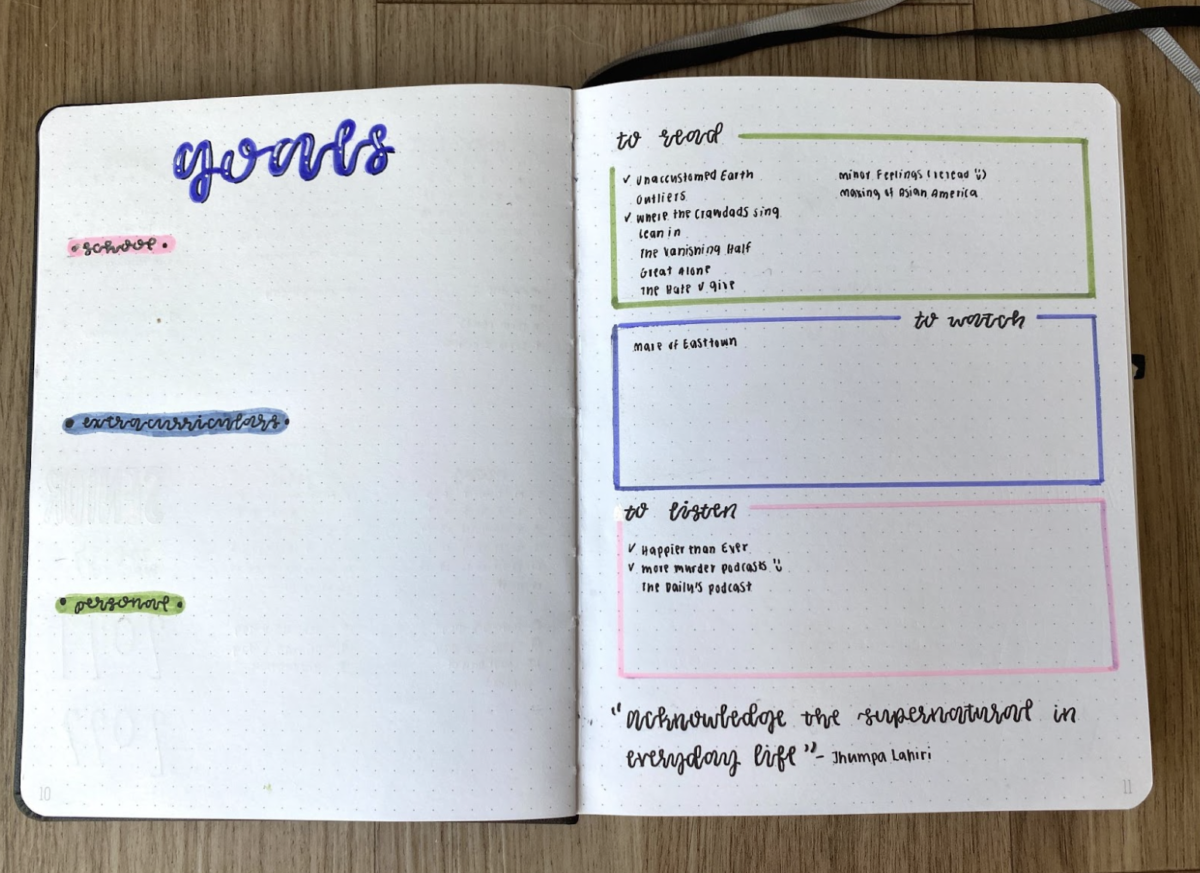
3. Goals and Recommended Media
It’s not New Year’s Eve, but why not set some goals? I find that writing down resolutions keeps me on track; my bullet journal peer-pressures me. Plus, on the right-side page, I note down recommended books, shows and music. This spread is perfect for setting some life agendas for yourself.
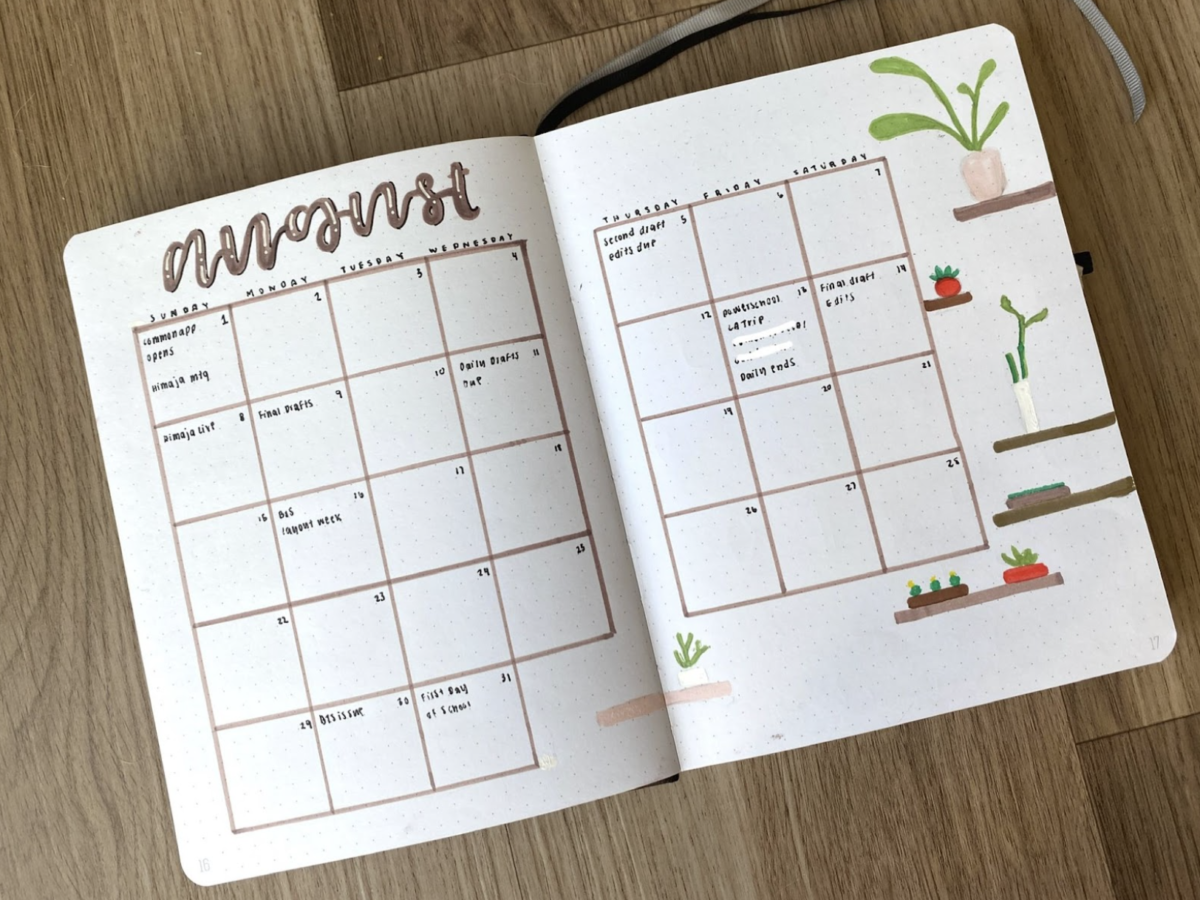
4. Monthly Spread
This monthly calendar keeps my life together. While I note later events in my future log, such as birthdays or holidays, I use the monthly spread to track smaller and more timely events, including school deadlines or meetings. Without it, I would have absolutely no sense of time and miss all of my meetings. Needless to say, I recommend creating a monthly spread!
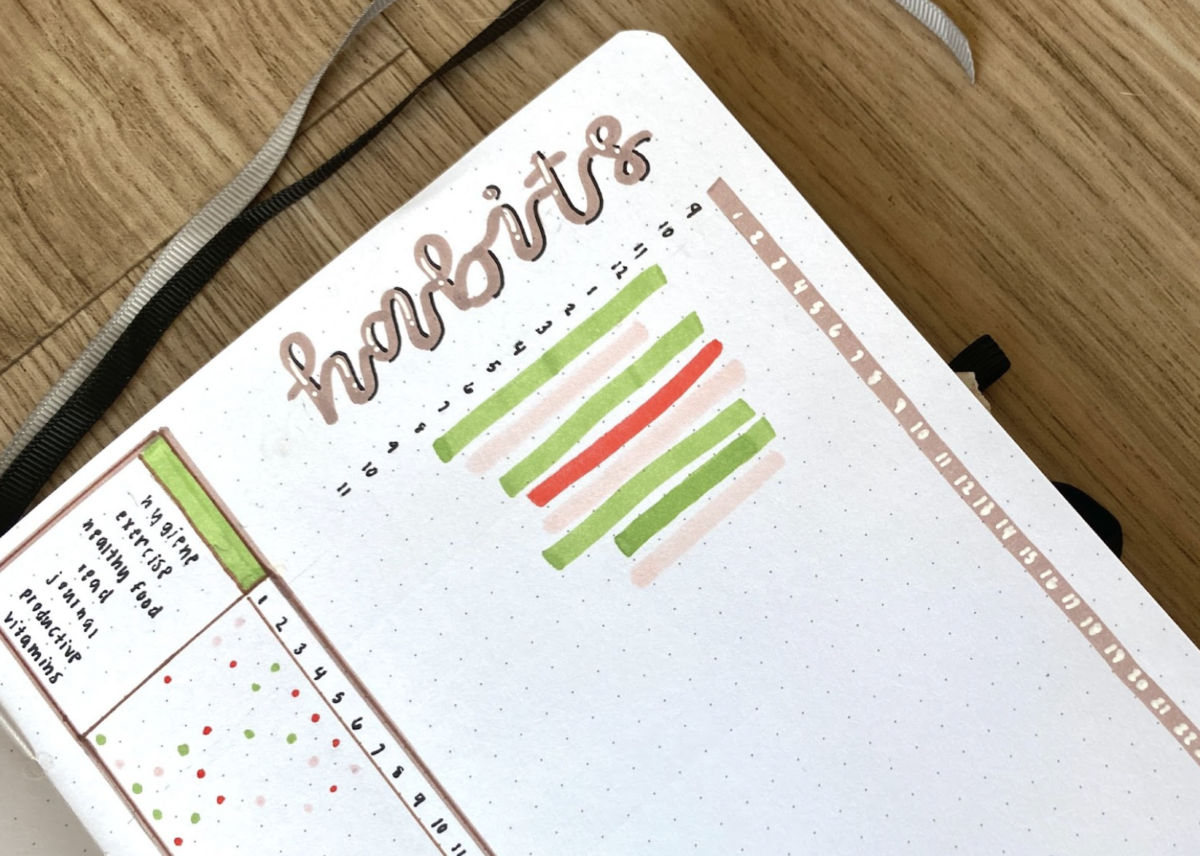
5. Habit Tracker
Habit trackers are used to, well … track habits! On one side of the page, I write down habits to track (such as journaling, eating healthily and exercising); if I finish that habit, I mark it as complete. On the other side, I track my sleep schedule and hope that it motivates me to sleep early. Though I sometimes forget to fill out my habit tracker, I enjoy relishing how much (or how little…) progress I make each month.
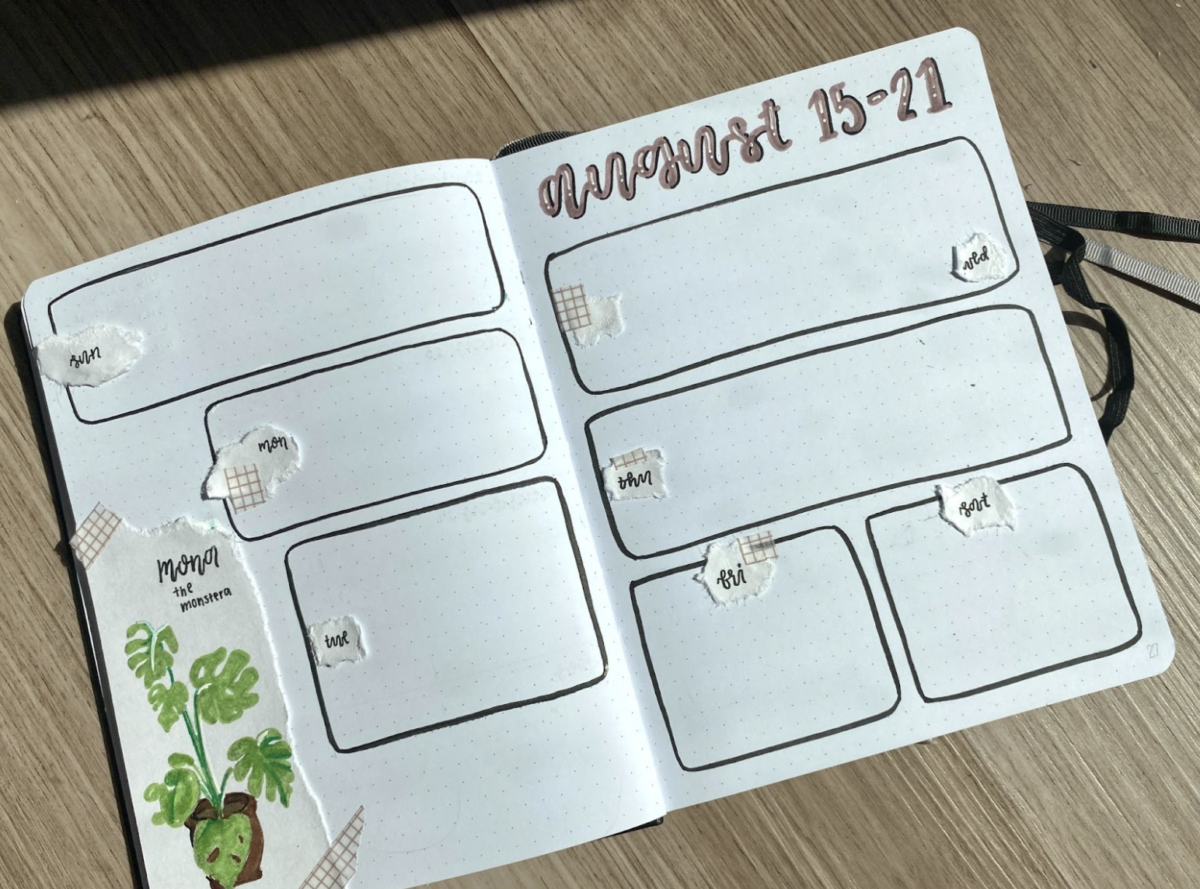
6. Weekly Spread
Weekly spreads utilize the quintessential task-lists style of bullet journals. There’s something so satisfying about checking off a task on an aesthetically pleasing page that keeps me on track. This setup is good for short-term task- and goal-planning.
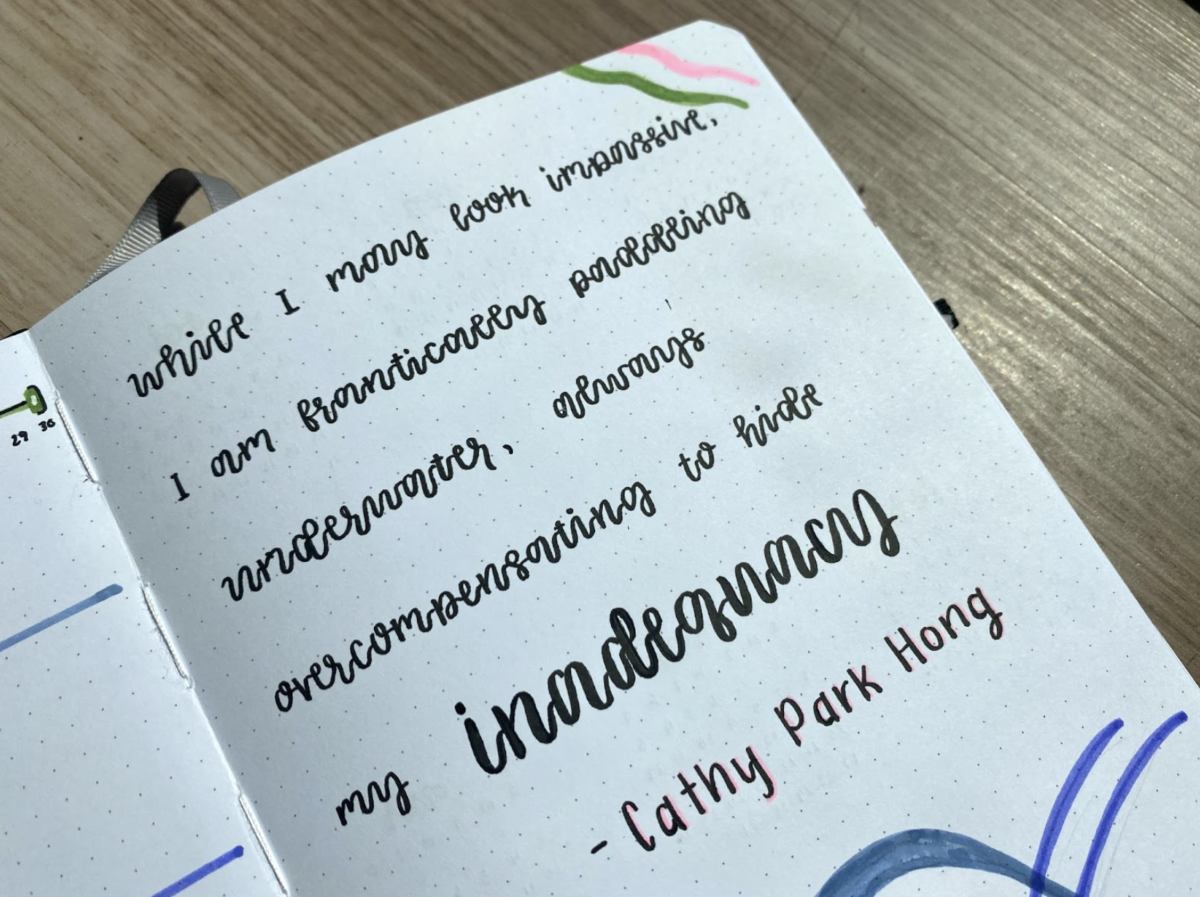
7. Fun Spreads
If you’re feeling particularly feisty, spice up your productivity pages with your favorite quotes! Or squiggles. Or … blobs? Doodle away to your heart’s desire! Fun spreads are a great way to organize your thoughts and keep you journaling!
Closing Thoughts
What do you do when you are chronically stressed and disorganized? Give up? Scream into the void? Cry to your pet rat? No, start bullet journaling!
In all seriousness, bullet journaling can be a great organizational tool and therapeutic outlet. Regardless of how much time you dedicate to your bujo, keep in mind that bullet journaling should give more than it takes. You can spend hours creating elaborate weekly spreads to release some creative energy, or you can spend minutes scribbling down a simple to-do list — both are great options, as long as it works for you. Ultimately, bullet journaling should never feel like a task itself, but instead should be a valuable tool.
All photos included in this article are courtesy of REBECCA ZHANG/The Stanford Daily.
